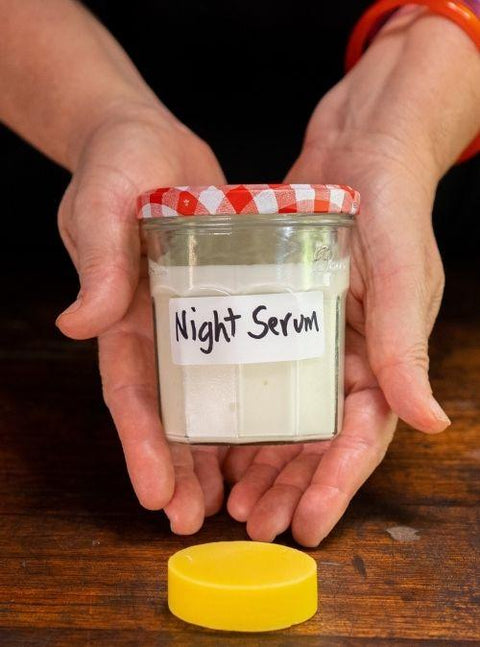Did you know that 8 million tonnes of plastic is dumped into our oceans every year? Plastic pollution is a huge threat for our beautiful sea turtles, because they can ingest plastic as a mistake for food. Currently, six out of seven species of marine turtle are threatened with extinction.
This year, we’re providing you with a few facts about sea turtles, to show you how amazing they are, in the mission to help fight back against plastic pollution.


Turtles Don’t Have Teeth
Instead of teeth, turtles have a sharp beak that helps them to eat.
They have sheaths made of keratin, which is the same stuff our fingernails are made from. This makes up their upper and lower jars and fits onto the skull similar to a pair of false teeth. These hard ridges on their jaws are used to cut off their food.
To give you an indication of their jaw strength, a turtle can crush the shells of their prey (e.g. crabs) using only their jaw muscles.


The ‘Lost Years’
Did you know that when it's the female sea turtles' time to lay their eggs, they return to the same nesting ground where they were born? You can imagine how large the ocean is, so it’s truly a wonder how they find their way back to the same spot. Their amazing ability to navigate comes from their sensitivity to the Earth’s magnetic fields. Male sea turtles on the other hand, spend pretty much their whole life at sea. Unlike the females, they don’t have a need to go to land as they don’t have to nest.
The time between sea turtle hatchlings and their return to the coastal waters is known as the lost years. What they do at sea during this period of about 20 years, remains a bit of a mystery.


Turtle Eggs
Interestingly, a hatchling's gender depends on the temperature of the nest. Hotter temperatures produce females, whilst cooler temperatures produce more males.
Sea turtles live for around 100 years. This is also roughly the number of eggs a female turtle will lay when she nests. Unfortunately, as few as 1 in 1000 sea turtle eggs will live to adulthood. Beaches filled with litter have a major impact on the hatchlings being able to reach the sea. For a species that can live to be 100, they aren’t getting the chance to live to their full potential.


Turtle Noises
When nesting, female turtles can make some pretty interesting noises. These noises are said to sound similar to a human burp. Nesting is the only time where sea turtles vocalisation has been documented, they are considered the least vocal of all reptiles.
The process of being vocal is physically exhausting for a sea turtle, which is why we can assume it comes out only when they are trying to protect their hatchlings. When turtles are stressed or angry, it’s safe to say they will be producing this noise to warn predators when they feel threatened.
Let’s not make plastic pollution another thing for them to worry about.
We all have a role to play in fighting back against the plastic waste choking our oceans. Join the fight to stay updated on how you can help.
Head to the Eco Hub to find out more about our lovely sea turtles.



